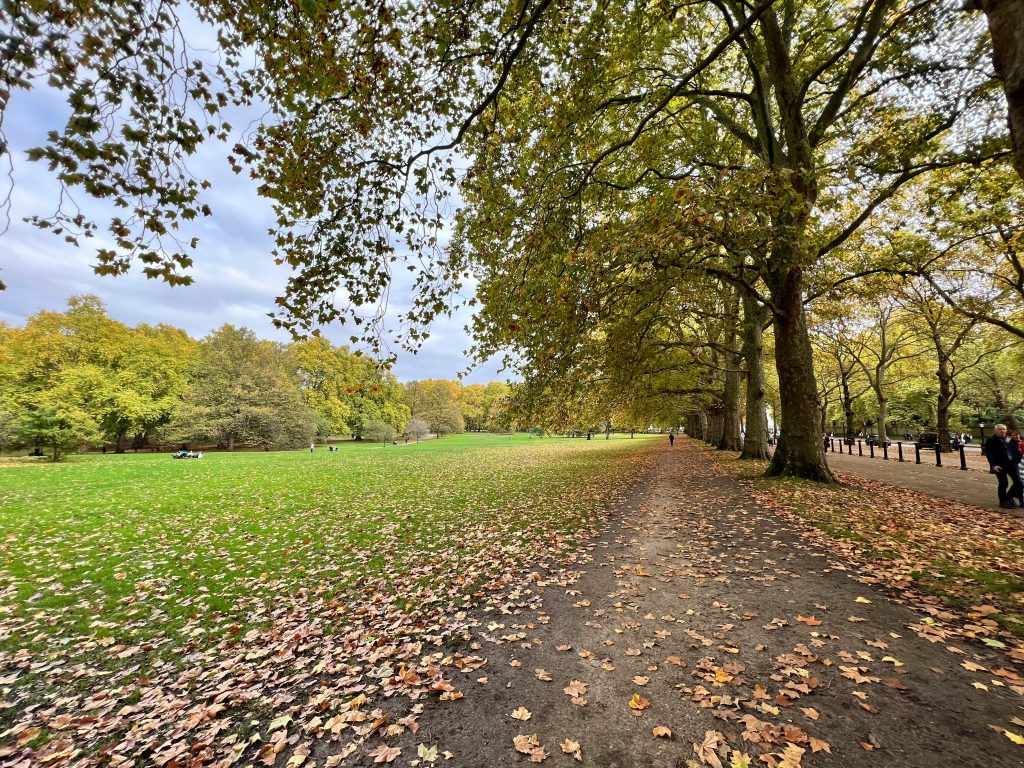Families’ favourite activities to create memories together include spending time at the park (46%) and being outdoors in nature (35%), a Boots Opticians survey reveals. Saturday afternoon is the most popular time most families set aside to spend together (38%), with three to four hours being the most common amount of time families spend in each other’s company (23%).
Children’s favourite activities to help make memories with family are revealed as:
- Going to the park and to play there (46%)
- Spending time outdoors in nature (35%)
- Going to the cinema (30%)
- Watching TV or a boxset (27%)
- Playing board games (26%)
Parents’ favourite activities, when they were the same age as their children, to make memories with their families were:
- Going to the park and to play there (51%)
- Spending time outdoors in nature (39%)
- Playing board games (35%)
- Watching TV or a box set (23%)
- Swimming (23%)
The difference between memory making across generations shows that parents’ favourite memories included playing board games and swimming whereas children today prefer going to the cinema.
Nearly one third of parents (28%) revealed that doing an outdoor activity, or one that doesn’t involve a screen, is rare as a family, even though it is a more memorable way to spend time together.
Boots Opticians launched this research to shed light on myopia, the short-sightedness eye condition that causes distant objects to appear blurred, while close objects can be seen clearly, making it difficult for children to fully experience their education, activities and most importantly special family time. Myopia is most common amongst children which is why it’s important to be aware of the signs of the condition so that your child doesn’t miss out on key memory making or let it hinder any moments with friends and family.
The research also shows that there is still a lot of education needed about myopia with almost half of parents (39%) not understanding what the condition is by thinking myopia is a form of long-sightedness instead of short-sightedness, and almost a third of parents (29%) believing there is no way to slow down the progress of myopia.
Here, Kyla Black BSc (Hons) MCOptom Head of Professional Services & Professional Capability at Boots Opticians, helps to bust myths about the condition and provide further guidance on the signs to look out for.
Kyla says: “Making memories is an important part of a child’s development, by being able to create a special bond with their family and friends, and to cherish those memories. It’s vital that children can experience life and make memories to their fullest, and that parents are aware of any barriers that could prevent them from memory making, such as eye health conditions like myopia.”
“Myopia is a short-sightedness eye condition that is most common in children, and generally starts between the ages of six and thirteen but can appear outside of this age range. It’s really important to be able to tell the signs of the condition appearing to ensure your child gets the most out of their childhood so they can experience everything at its fullest without any barriers.”
“There are different signs that your child may be short-sighted which include needing to sit near the front of the class at school or sitting close to the TV, holding objects close to their face, regularly suffering from headaches or tired eyes, regularly rubbing their eyes or blinking a lot, and having a short attention span.”
“If you are noticing any of these signs then please book your child in for a free eye test at Boots Opticians. The condition can be easily corrected by wearing glasses or contact lenses to help the eyes focus on distant objects.”
Boots Opticians offers free NHS eye tests for all children under 16 years old or those under 19 years old and in full-time education. Boots Opticians offer a choice of both glasses lenses or contact lenses that have a proven ability to help treat and slow down the progression of myopia in children including MiSight® 1-day contact lenses or glasses fitted with Essilor® Stellest® lenses. They work by changing the way light rays bend into the eyes and help to reduce the signal that’s telling the eye to grow too long, resulting in slowing down the progression of myopia.
*Survey conducted for Boots Opticians in August 2024 with 2,000 respondents who were all parents of children aged between 5 and 16.
Featured Photo by Konstantinos Douloudis on Unsplash.



